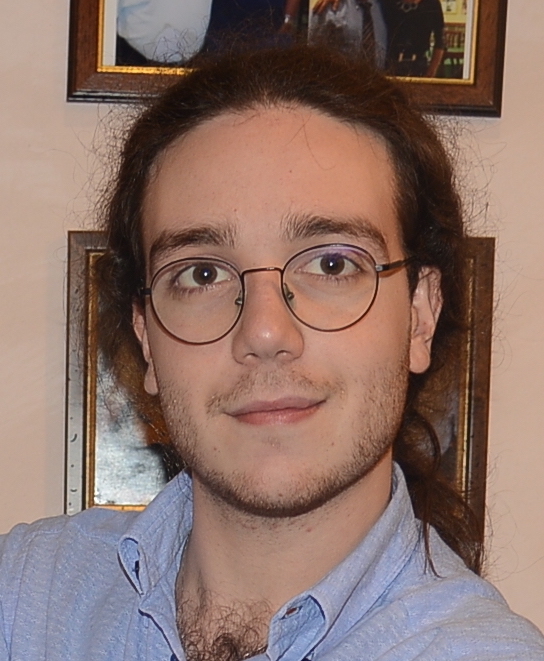Multimessenger astrophysics
Overview
Gravitational wave (GW) signals emitted by the coalescence of two objects, if there is at least a neutron star (NS), can trigger a burst of electromagnetic (EM) radiation accompanying the GW. This was the case for the joint observation GW170817-GRB170817A, which started the era of multimessenger astrophysics.
From the combination of the two observables, we can better constrain e.g. the NS structure, the physical processes giving rise to the observed electromagnetic emission, or the expansion history of the Universe.
How do I contribute?
I have worked on the prospects of using joint γ-ray burst (GRB) polarimetry and GW measurements to obtain constraints on the GRB emission model [6].
More recently, I have been working with a group of leading experts to forecast the prospects of observing EM counterparts (GRB prompt and afterglow and kilonova) from neutron star-black hole coalescences during the ongoing fourth observing run of LIGO/Virgo/KAGRA and the planned fifth run [11]. We then plan to extend the analysis towards 3G detectors!
